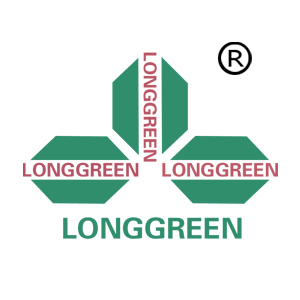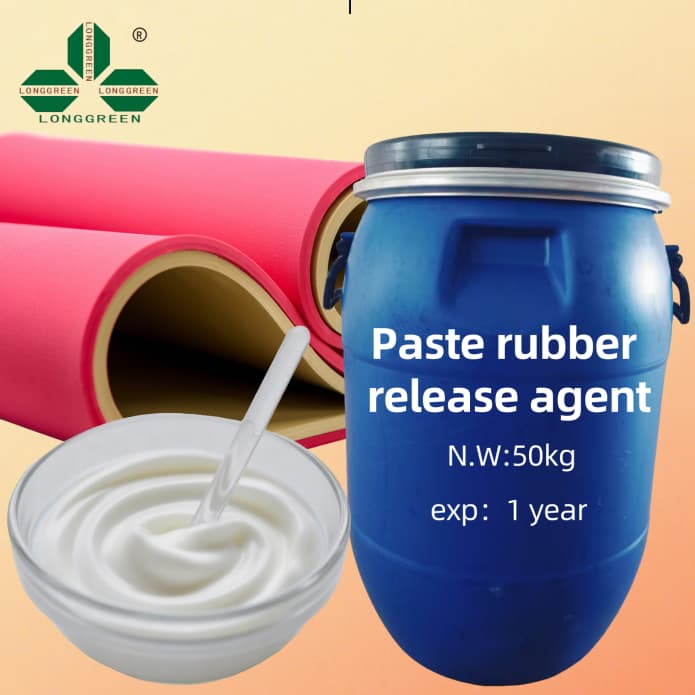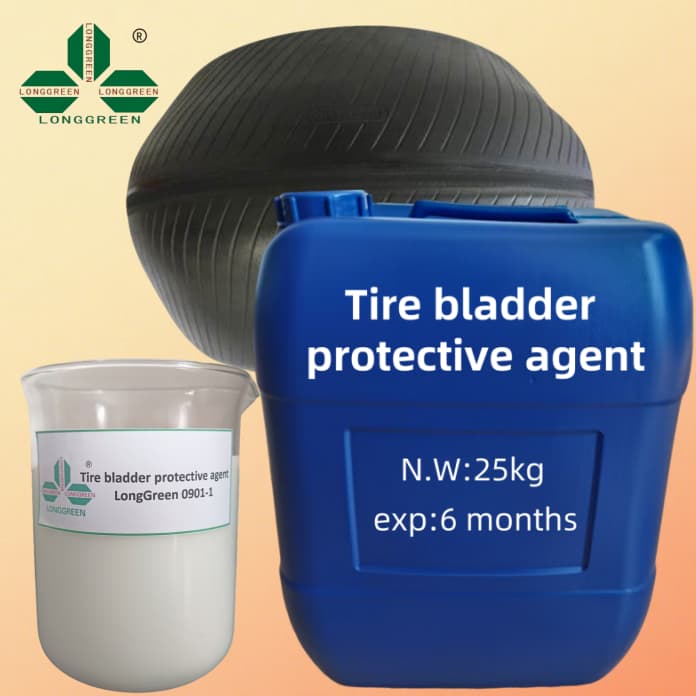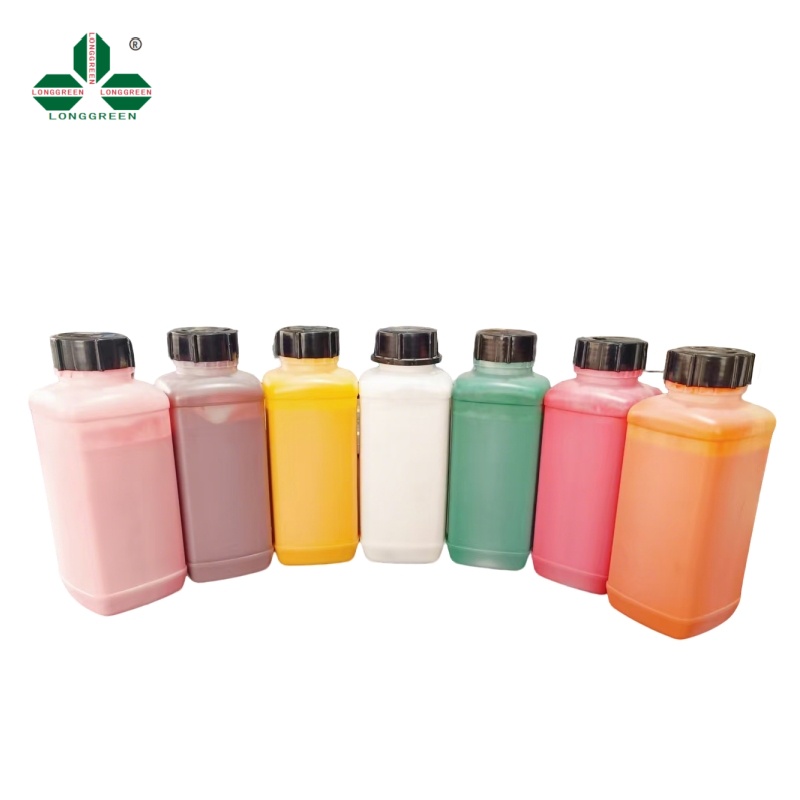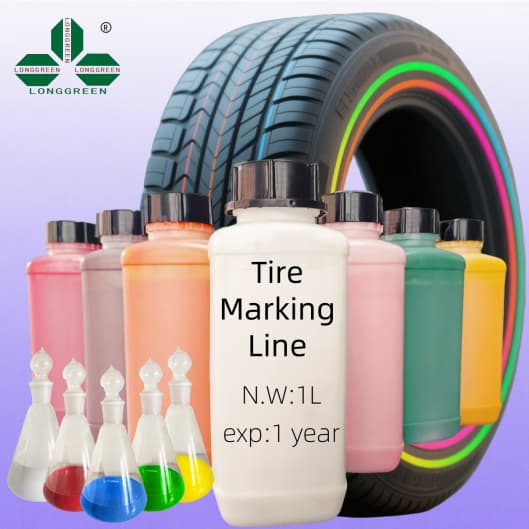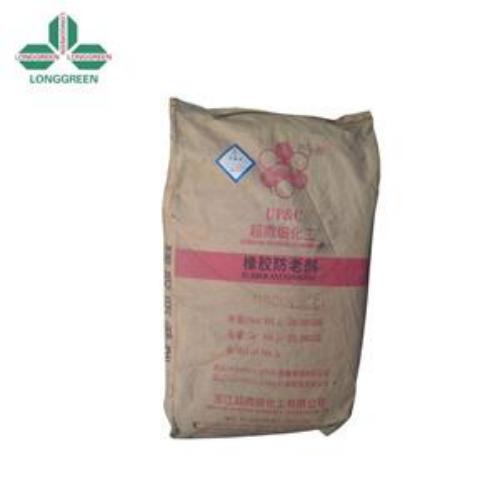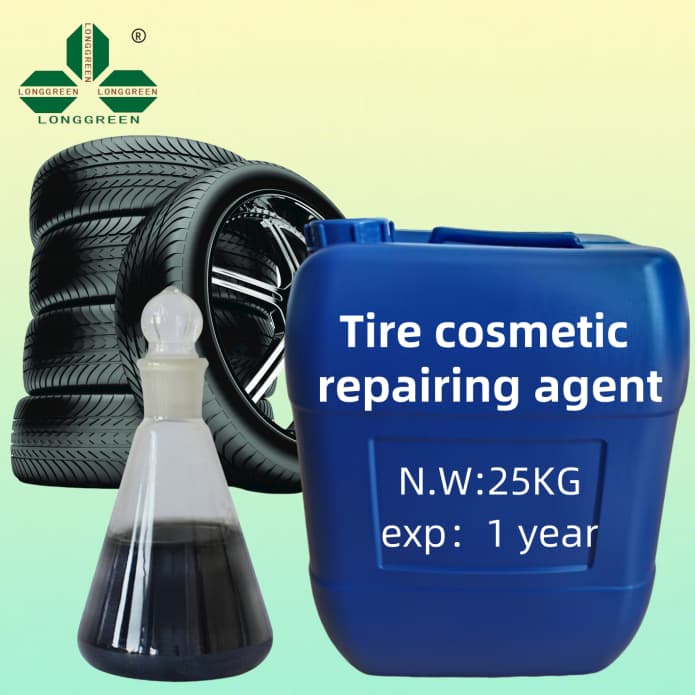The global rubber industry is experiencing a transformative shift, with Rubber Additive Dispersions emerging as a critical catalyst for enhanced performance, sustainability, and process efficiency. As environmental regulations tighten and end-users demand higher-performing rubber products, these specialized dispersions have become indispensable in optimizing everything from tire manufacturing to industrial rubber components.
Rubber Additive Dispersions play a pivotal role in addressing longstanding challenges in rubber compounding, particularly the integration of hydrophilic fillers like silica with lipophilic rubber matrices. Traditional formulations often struggle with uneven filler distribution, which can compromise product durability and negate performance benefits such as fuel efficiency in tires. Advanced Rubber Additive Dispersions resolve this issue by improving interfacial affinity between rubber and fillers, enabling uniform micro-dispersion of higher filler loads without sacrificing processability. This breakthrough has been instrumental in the development of fuel-efficient tires, where optimized silica dispersion enhances both wet grip and rolling resistance, aligning with global automotive sustainability goals.
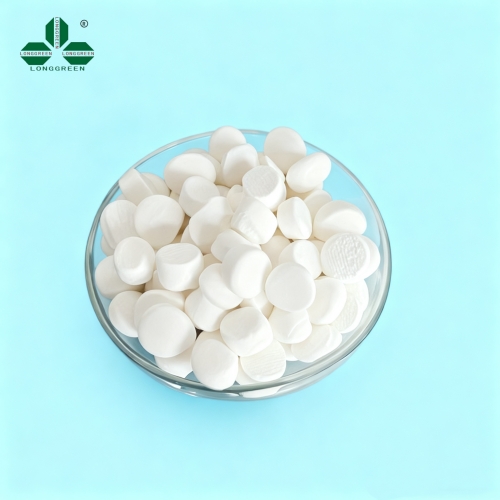
Sustainability has become a defining driver for Rubber Additive Dispersions innovation, with a growing focus on bio-based and low-carbon formulations. Recent advancements include dispersions derived from 100% plant-based ingredients, reducing reliance on petroleum feedstocks while maintaining performance standards. Additionally, lignin-based biopolymer dispersions are gaining traction as sustainable fillers, offering negative carbon footprints and synergistic effects with conventional fillers like carbon black and silica. These eco-friendly Rubber Additive Dispersions not only help manufacturers meet stringent regulatory requirements—such as EU REACH standards and domestic carbon neutrality targets—but also cater to consumer demand for environmentally responsible products.
The performance capabilities of Rubber Additive Dispersions are expanding beyond traditional applications, with specialized formulations tailored to high-growth sectors. In the automotive industry, the rise of electric vehicles has fueled demand for dispersions that enhance tire durability and thermal resistance, while in industrial settings, non-latex powder dispersions are revolutionizing processing by reducing mixing time, eliminating drying steps, and improving dosing accuracy. These advancements translate to tangible operational benefits, including lower energy consumption, reduced waste, and consistent product quality across extrusion and injection molding processes.
Market data reflects the robust growth trajectory of Rubber Additive Dispersions, driven by expanding end-use industries and technological innovation. The global market for related rubber additives is projected to grow at a steady compound annual growth rate, with Asia-Pacific emerging as a key hub due to booming tire production and industrialization. The shift toward high-performance, sustainable formulations is reshaping product portfolios, with eco-friendly Rubber Additive Dispersions expected to capture over 65% of market share by 2030. This growth is further supported by advancements in nanotechnology, which are enabling the development of nanostructured dispersions that enhance rubber reinforcement and mechanical properties.
As the rubber industry evolves, Rubber Additive Dispersions will remain at the forefront of innovation, bridging the gap between performance, sustainability, and process efficiency. Future developments are likely to focus on multi-functional formulations that combine dispersant properties with anti-aging, corrosion resistance, and color stability features. Additionally, digitalization in production processes is set to improve the consistency and scalability of Rubber Additive Dispersions, ensuring they meet the evolving needs of a global market increasingly focused on sustainability and performance excellence.
In summary, Rubber Additive Dispersions have become a cornerstone of modern rubber manufacturing, driving advancements that benefit both industry and the environment. Their ability to enhance material properties, optimize processing, and reduce environmental impact positions them as a key enabler of the rubber sector’s transition toward a more sustainable and high-performance future.

